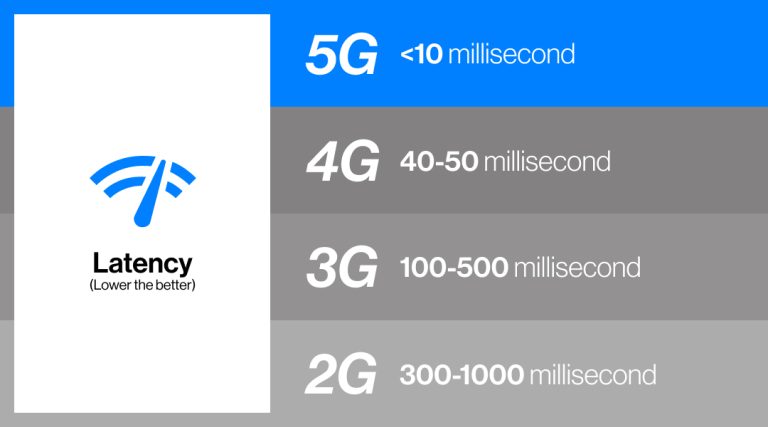The 5G Revolution: How It’s Shaping the Future of Communication Technology
telcomatraining.com – The advent of 5G technology is transforming the way we communicate, interact, and conduct business. As the fifth generation of mobile networks, 5G promises ultra-fast speeds, low latency, and seamless connectivity, revolutionizing industries and everyday life. This article explores how 5G is shaping the future of communication technology and its impact on various sectors.
What is 5G Technology?
5G is the latest iteration of wireless communication, designed to surpass its predecessor, 4G LTE, in speed, capacity, and reliability. With data transfer rates exceeding 10 Gbps and latency as low as one millisecond, 5G enables real-time communication, making it ideal for applications requiring instant response times, such as autonomous vehicles and telemedicine.
Key Features of 5G
- Ultra-fast Speeds: 5G networks can transmit data up to 100 times faster than 4G, enabling high-definition streaming and instant downloads.
- Low Latency: Reduced response time ensures real-time interactions, crucial for gaming, remote surgeries, and autonomous systems.
- Massive Connectivity: Supports a vast number of connected devices, making it essential for the Internet of Things (IoT).
- Enhanced Reliability: Improved network stability ensures uninterrupted communication, benefiting industries that rely on continuous data transmission.
How 5G is Shaping Communication Technology
1. Revolutionizing Mobile Connectivity
With 5G, mobile networks can handle more simultaneous connections, providing a seamless experience even in crowded areas. This enhancement is particularly beneficial for businesses relying on remote work, virtual meetings, and cloud-based applications.
2. Advancing IoT and Smart Cities
5G is a catalyst for the growth of IoT, connecting billions of smart devices worldwide. Smart cities leverage 5G for real-time data collection, optimizing traffic flow, energy consumption, and public services. This innovation improves urban living and sustainability.
3. Transforming Healthcare with Telemedicine
The healthcare industry is experiencing a revolution with 5G-powered telemedicine. High-speed, low-latency networks enable remote diagnostics, robotic surgeries, and real-time patient monitoring. This transformation ensures better healthcare access, especially in remote areas.
4. Enhancing Augmented Reality (AR) and Virtual Reality (VR)
The entertainment and education industries benefit immensely from 5G-enabled AR and VR applications. From immersive gaming to virtual classrooms, 5G ensures smooth, lag-free experiences, enhancing user engagement and learning opportunities.
5. Improving Autonomous Vehicles and Smart Transportation
Autonomous vehicles rely on real-time data exchange to navigate safely. 5G’s ultra-low latency enables instant communication between vehicles, traffic lights, and infrastructure, reducing accidents and improving transportation efficiency.
Challenges and Future of 5G
Despite its potential, 5G faces challenges such as infrastructure costs, security concerns, and regulatory issues. Deploying 5G requires significant investment in new towers and fiber networks. Additionally, cybersecurity risks must be addressed to protect user data and prevent cyber threats.
Looking ahead, 5G will continue to evolve, integrating with emerging technologies like artificial intelligence (AI) and blockchain. These advancements will drive further innovation in communication, making the world more interconnected than ever before.
Conclusion
The 5G revolution is reshaping communication technology, offering unprecedented speed, reliability, and connectivity. From enhancing mobile networks to enabling smart cities and advancing healthcare, 5G is paving the way for a more connected and efficient future. While challenges exist, the potential benefits far outweigh the drawbacks, making 5G a transformative force in the digital age. As adoption continues to grow, we can expect even more groundbreaking applications that redefine how we live, work, and communicate.







